
Haifa, Jaffa, and Acre, Then and Now: How The Cultural Crossroads of Palestine Have Been Reshaped by the Nakba
Share
Originally Published: May 15, 2020
Since the very beginning, the land of Palestine has played a preeminent role in shaping the modern and ancient history of the Arab world, and to a great degree, that of the entire world.
The Palestinian identity emerged from diverse and multi-dimensional factors that built upon one another throughout history. Whether it's geographic, cultural, or religious, Palestine's remarkable heritage makes it a precious gem for the Middle East, and it's what makes Palestinians, and members of the Palestinian Diaspora, spiritually inseparable from their homeland.
During the Great Palestinian Exodus known as the “Nakba” (Arabic for: catastrophe or disaster), this cultural heritage suffered tremendous losses in the aftermath of the 1948 exodus. After the destruction of more than 500 towns by Zionist militias, Palestinians were forcibly displaced, leaving behind hundreds of empty villages and thousands of untold stories about a rich culture.
Over the past seven decades, many facets of Palestinian heritage, including archaeological sites, excavations, holy sites, and many more, have been shattered and ravaged by Israeli forces in attempts to obliterate the existence of Palestine's identity and to claim political and cultural legitimacy over the land.
Introducing Palestine, Today
May 15, 2020 marks the 72nd anniversary of the Nakba. This particular Nakba Day finds millions of Palestinians 71 days into coronavirus emergency directives, 72 years into the denial of their right of return, 53 years into Israel’s military occupation of the West Bank, and 13 years into Israel’s blockade on the Gaza strip.
Visualizing Palestine has decided to get many of us as close as ever to Palestine by launching the Palestine, Today platform. Palestine, Today is an Interactive map that allows you to get a closer and more realistic look at how Palestine has transformed over the past seven decades. You can explore stories of 1,196 localities of historic Palestine, including over 500 Palestinian communities that were depopulated by Zionist forces during the Nakba, nearly 700 of which remain today.
In this Journal entry, we zoom in on three cities have played a significant role in shaping and reshaping the Palestinian culture over the past seven decades. We explore Haifa, Jaffa, and Acre as depicted through two of Visualizing Palestine’s project, the newly-launched Palestine, Today and its predecessor, A National Monument with Marwan Rechmaoui.
Haifa
Haifa is one of the richest Palestinian cities on the social and cultural levels. Throughout history, Hafia was ruled by many nations and dynasties included the Ayyubids, the Ottomans, and even ancient empires like the Greek and Roman empires. During the British Mandate, Haifa witnessed a huge industrial development which caused an increase in immigration rates to the city. Between 1917 and 1945 the population of Haifa had increased from 22,000 to 138,300 (62,000 Palestinian Arabs and 75,000 Jews). Haifa had one of the most successful transportation systems in the Middle East, which tied it and the rest of Palestine to major cities in the Arab World such as Cairo, Damascus, and Beirut. Furthermore, Haifa played a vital role in building Palestine's urban life. Folklore music, literature, and theaters blossomed in Haifa during that period.
During the Nakba, The harmonious city of Haifa was forever changed. Ethnic cleansing demolished thousands of neighbourhoods and business centres, leaving Palestinians with no choice but to evacuate the villages that they once called home. The majority of Haifa's population used boats to survive the cleansing, many of the refugees landed in Lebanon’s Beirut and Syeda, while a few of them managed to land in Acre. Al-Nakba decreased the Palestinian population in Haifa from 62,000 to only 3,500. Today, Haifa Has been appropriated as an Israeli city. It has a population of 279,600, of which 78% identifies as Jewish.
In the years that followed, the few Palestinians that could make their way back returned to a completely different city where they had to buy the houses that once belonged to them, adjust to a new culture and way of living. The only thing that survived the 1948 catastrophe was the city's name.
Jaffa
The coastal city of Jaffa served as a popular meeting point for elder civilizations and continued to be a desirable location for hundreds of years thereafter. This city has witnessed the “thrive and shrivel” of many nations from the Greeks, to the Romans, to the Ottomans and the Mamluks. The city's landscape features made it a perfect fit for developing commercial and agriculture industries (If you want to get a closer look at pre-1948 Jaffa, check the city’s topographic relief at our online exhibition A National Monument).
By the 20th century, Jaffa became Palestine's center of commerce and culture. The city had factories and facilities specializing in soap making, olive oil, oranges, textile, and publications. The majority of the region’s publications such as newspapers, books, and magazines were published in Jaffa. In 1945, the city’s population was 94,310 (66,310 Palestinian Arabs and 28,000 Jews) living in 23 villages.
When the Zionist militias started their ethnic cleansing campaign in May 1948, the majority of the Palestinian Arabs of Jaffa were driven out of their homes. The city relapsed overnight; Businesses closed and shops got looted and destroyed by Zionists. Jaffa's port was filled with refugees who sought refuge in neighbouring Arab countries and other Palestinian cities. Out of the 94,310 of Jaffa's inhabitants, only 3,650 were allowed to stay. In April 1950, The Israeli government announced the unification of the Tel Aviv and Jaffa municipalities. Today, Jaffa has been appropriated as an Israeli city with a majority population of Jews. In 2016, Jaffa's population was 46,000 (16,000 Palestinian Arabs, and 30,000 Jews).
Acre
The third city on our list is Acre (or Akka). Much like Haifa and Jaffa, Acre's strategic location on the Mediterranean coast attracted many powerful rulers over the years. During the British Mandate, Acre became Northern Palestine's commercial centre. Many industries such as glass, clay pottery, textile, and fishing flourished during that period. In addition to being an industrial hub, Acre was well-known for its religious schools, such as the Ahmadiyya and Terra Sancta. In 1945 Acre had a population of 12,360 (12,310 Palestinian Arabs and 50 Jews).
On the 18th of May 1948, in the midst the Nakba, Zionist militias destroyed rural areas putting the city under an encirclement. Accordingly, Acre's residents suffered from hunger and poverty. Palestinians fled via boats and on foot to Lebanon, while some made it to the Eastern Hills after the encirclement. Today, Acre Has been appropriated as an Israeli city. In 2016, it had a population of 47,800, of which 62% is Jewish.
72 years ago, these three cities and the rest of Palestine witnessed terror, chaos, denial, and destruction. These cities have also witnessed the bravery of Palestinian people through resistance and the ultimate belief of the legitimacy of their land. Palestine, Today, aims to give you a vivid look at a seven-decades timeline. It offers a bridge between the past and the present that will enable you to rediscover the holy land of Palestine. Explore untold stories about Palestinian communities and observe the true beauty of Palestinian cities. Be a part of the never-dying Identity and decolonize the narrative by sharing a city’s story via Palestine, Today. Don’t forget, A National Monument also continues to live online at marsoum.co.

Jerusalem ed. 3/5, Haifa ed. 2/5 and ed. Haifa 4 from A National Monument in the making at Damj Design, Beirut, Lebanon
References
Abbasi, Mustafa. "The fall of Acre in the 1948 Palestine War." Journal of Palestine Studies 39, no. 4 (2010): 6-27.
Kathleen.M, Khalidi.W. (2020). “Palestine”. Retrieved from https://www.britannica.com/place/Palestine
Lippes, D. (2017). “Haifa”. Retrieved from https://zochrot.org/en/village/49192
Mansour, Johnny. "The Hijaz-Palestine railway and the development of Haifa." Jerusalem quarterly 28 (2006).
Tamari, Salim, and Rema Hammami. "Virtual returns to Jaffa." Journal of Palestine Studies 27, no. 4 (1998): 65-79.
“Welcome To The City of Haifa”. Retrieved from https://www.palestineremembered.com/Haifa/Haifa/#Statistics
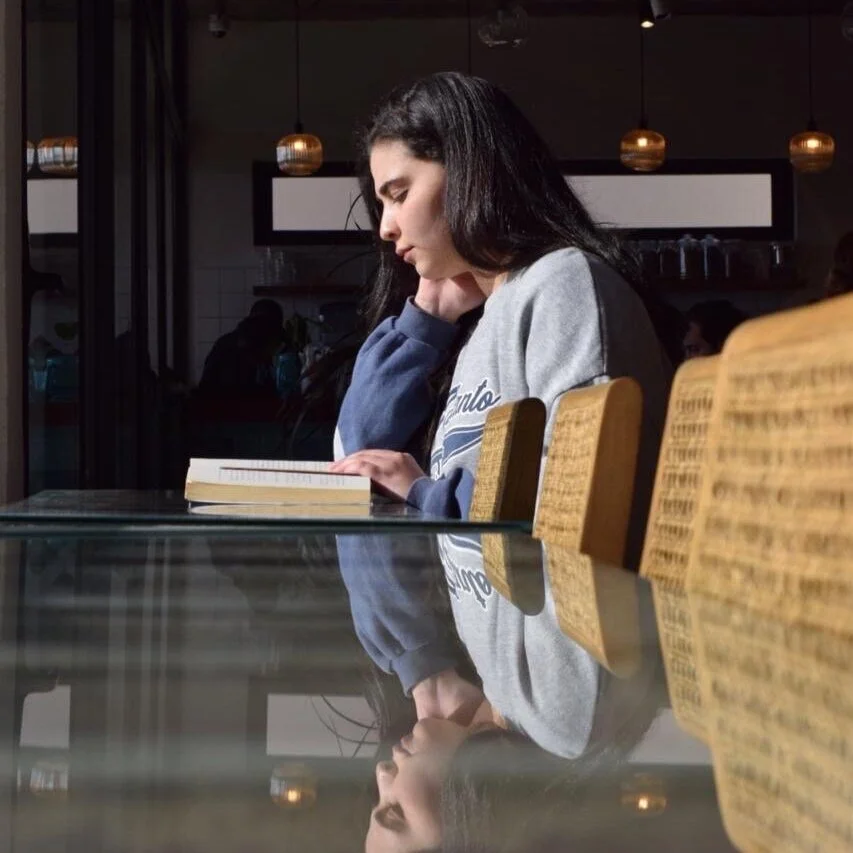
Written by: Zaina Abuhammour
Zaina is a freelance copywriter and a lifelong learner. Two of her great passions in life are writing and storytelling.
Through her work, she seeks to tell stories that captivate and inspire people. When she isn’t busy freelance writing, you can find her somewhere toiling away at her own fiction writing.
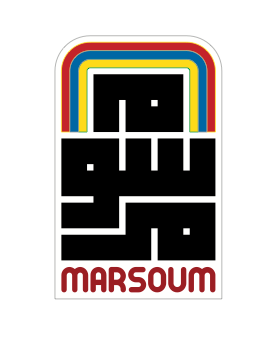

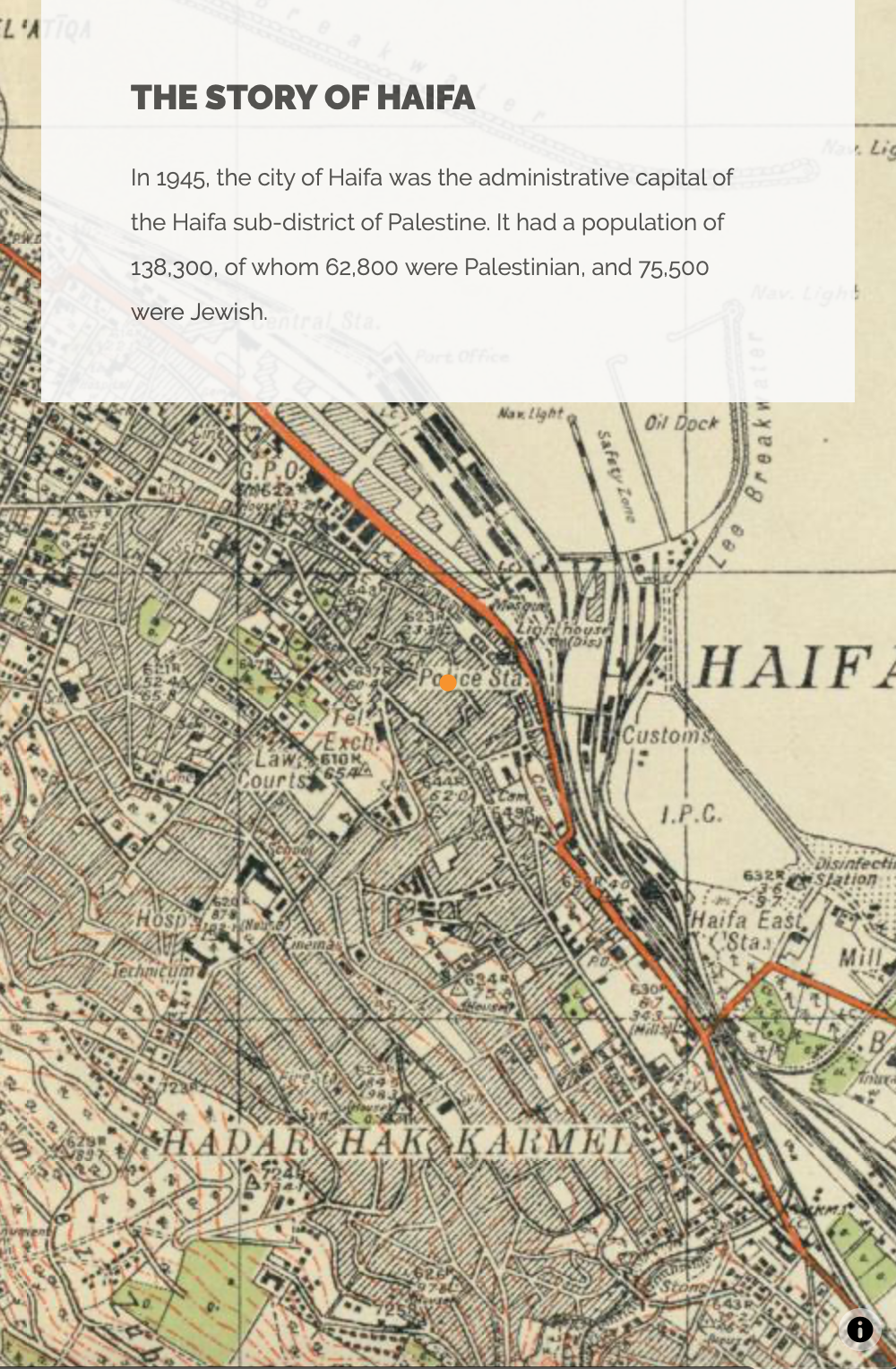
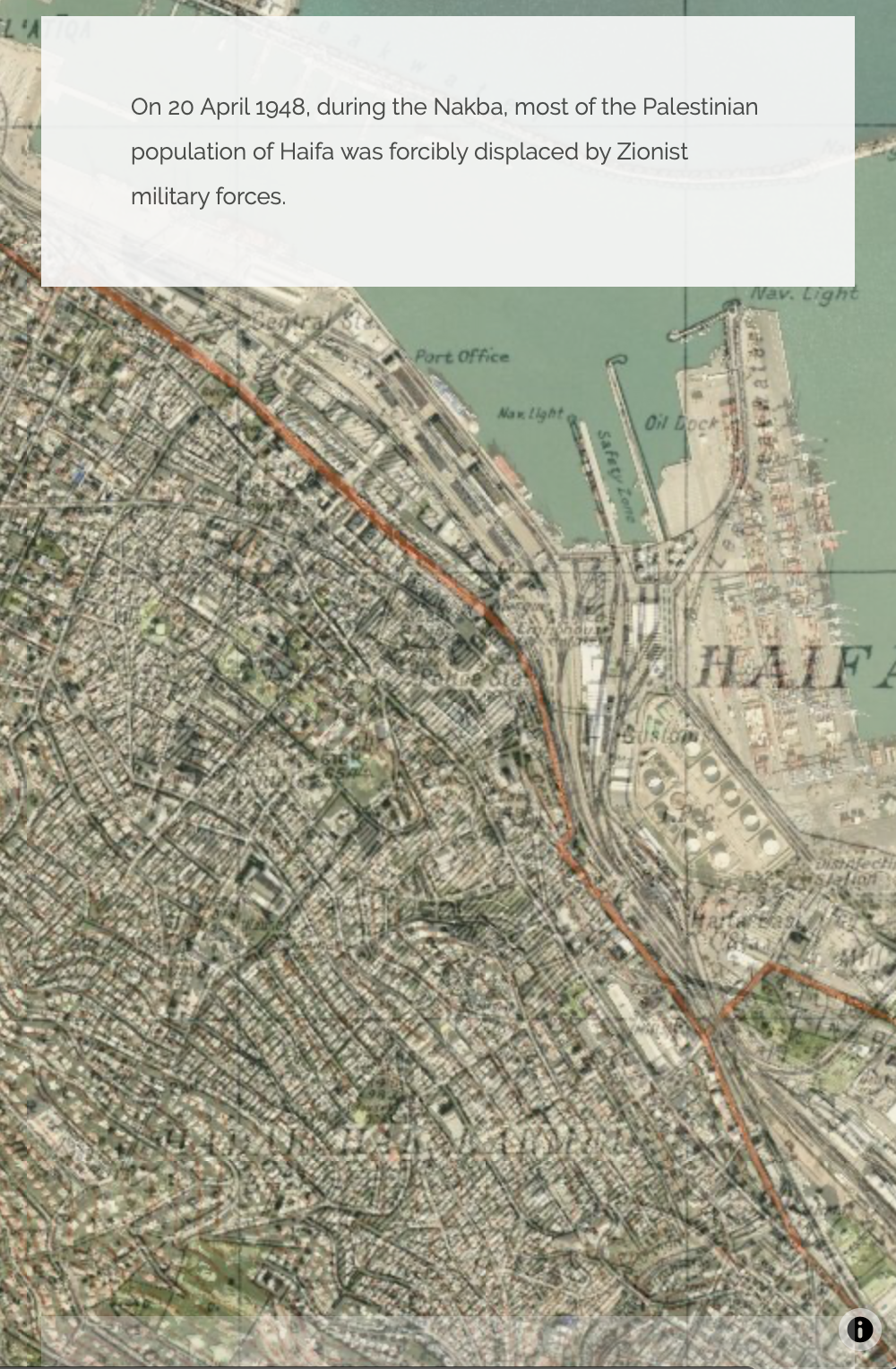
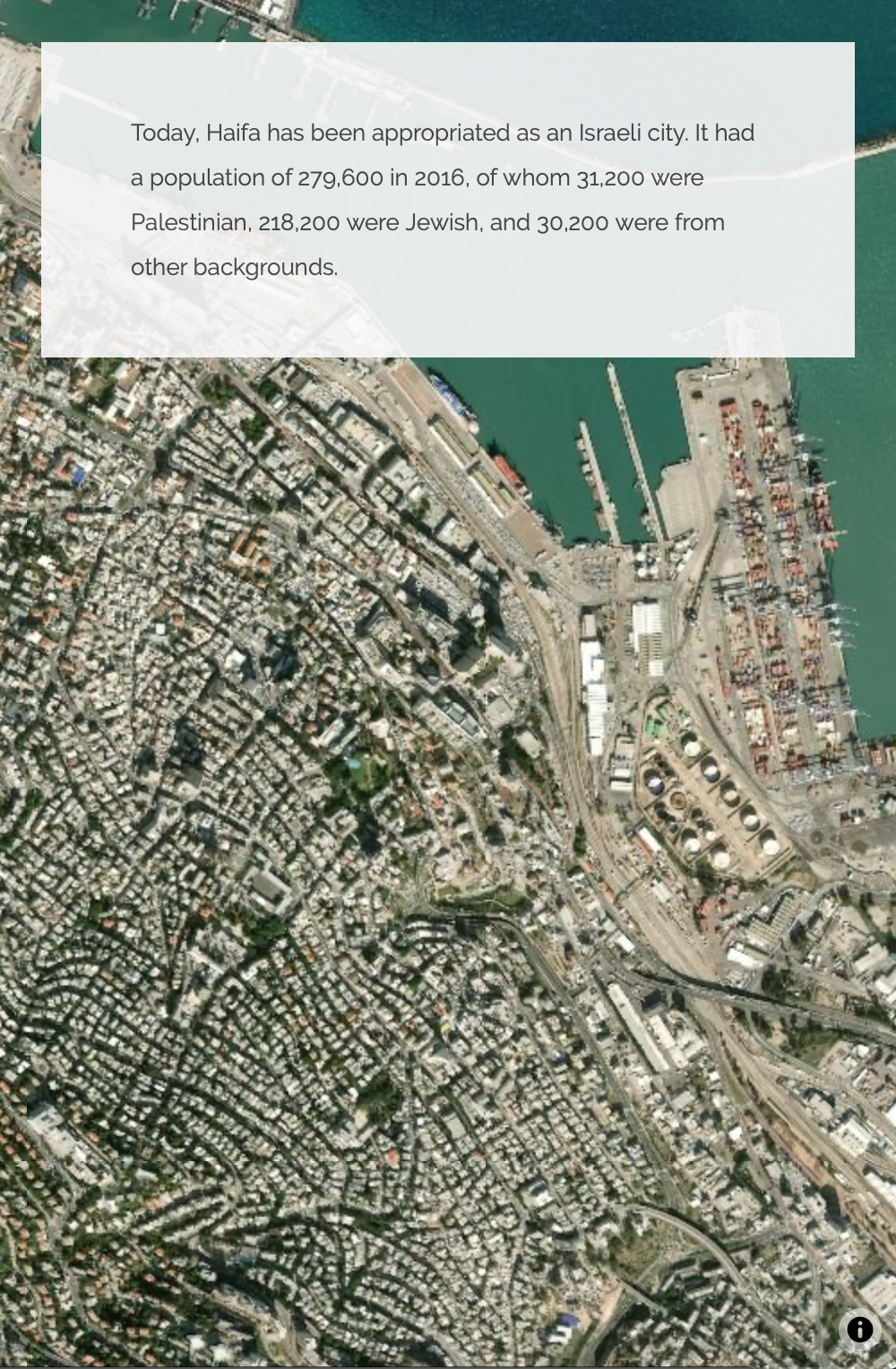
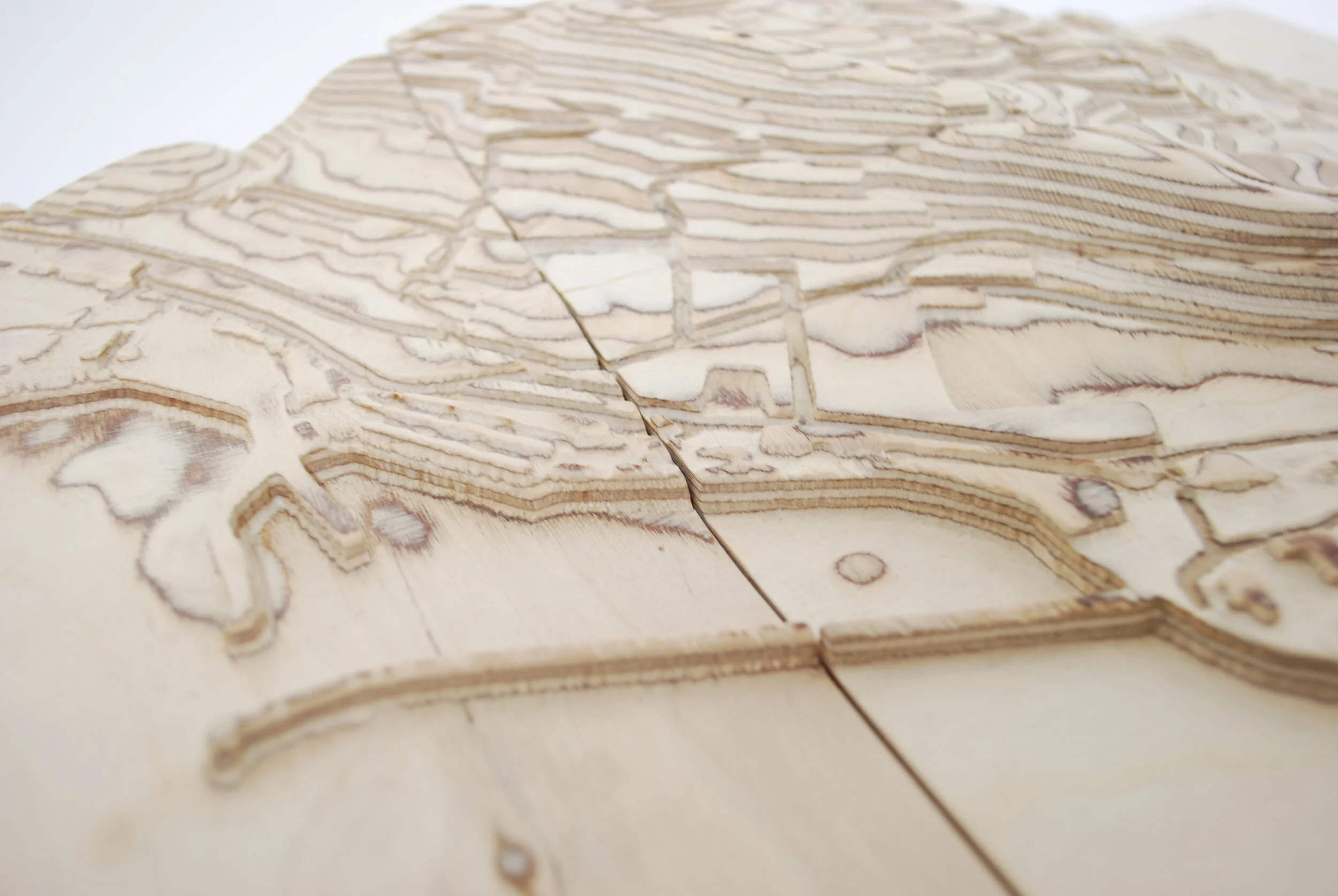
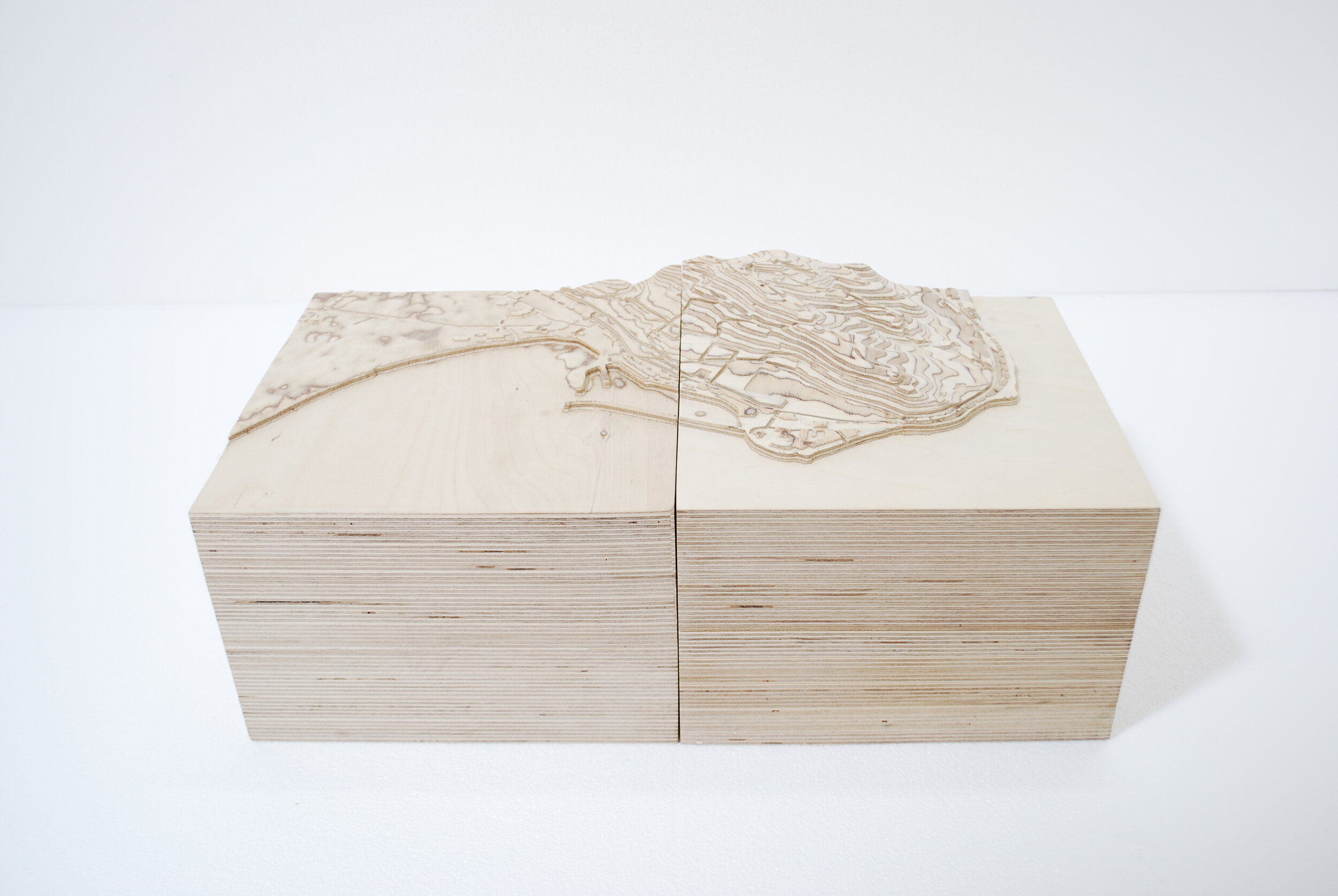
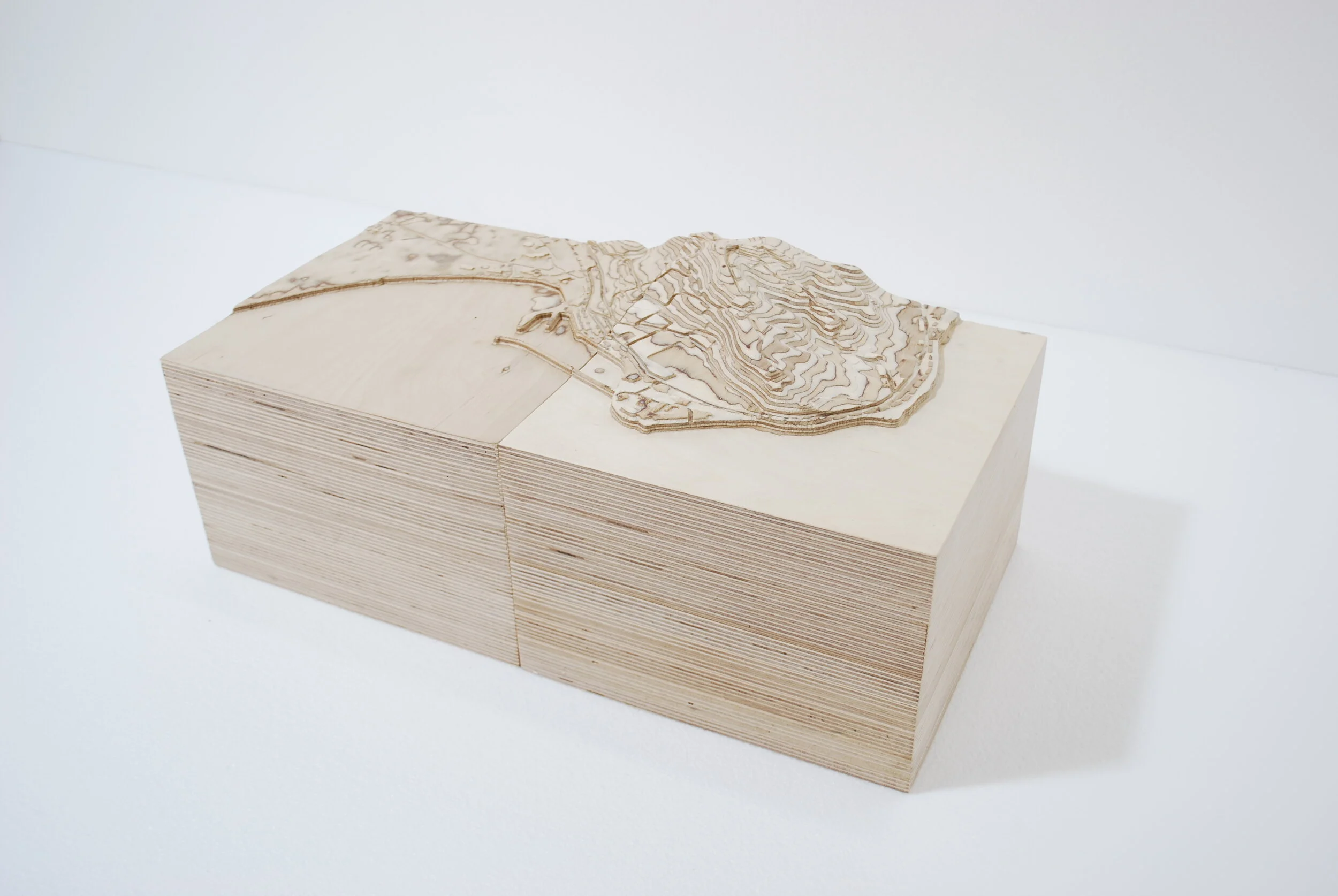
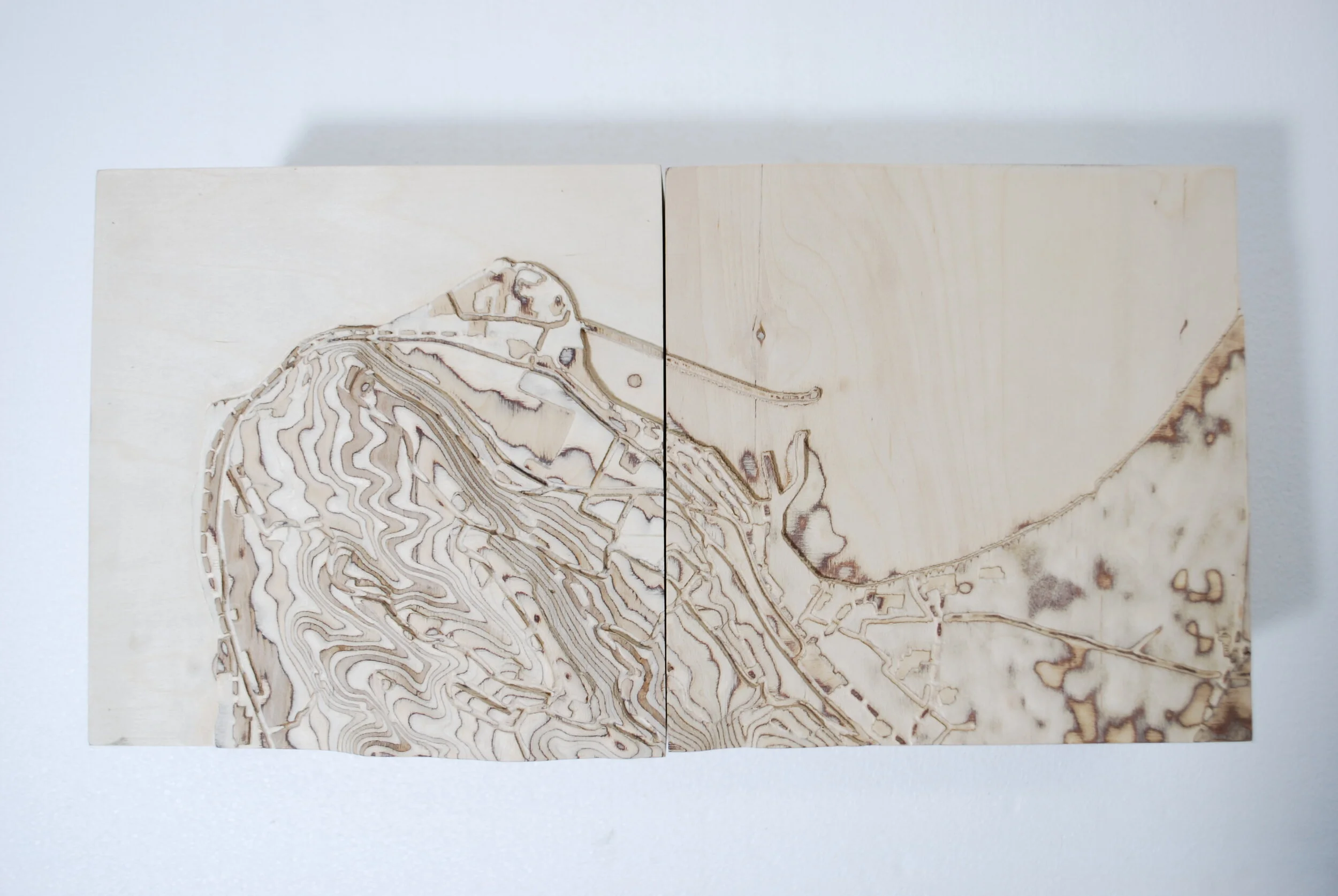
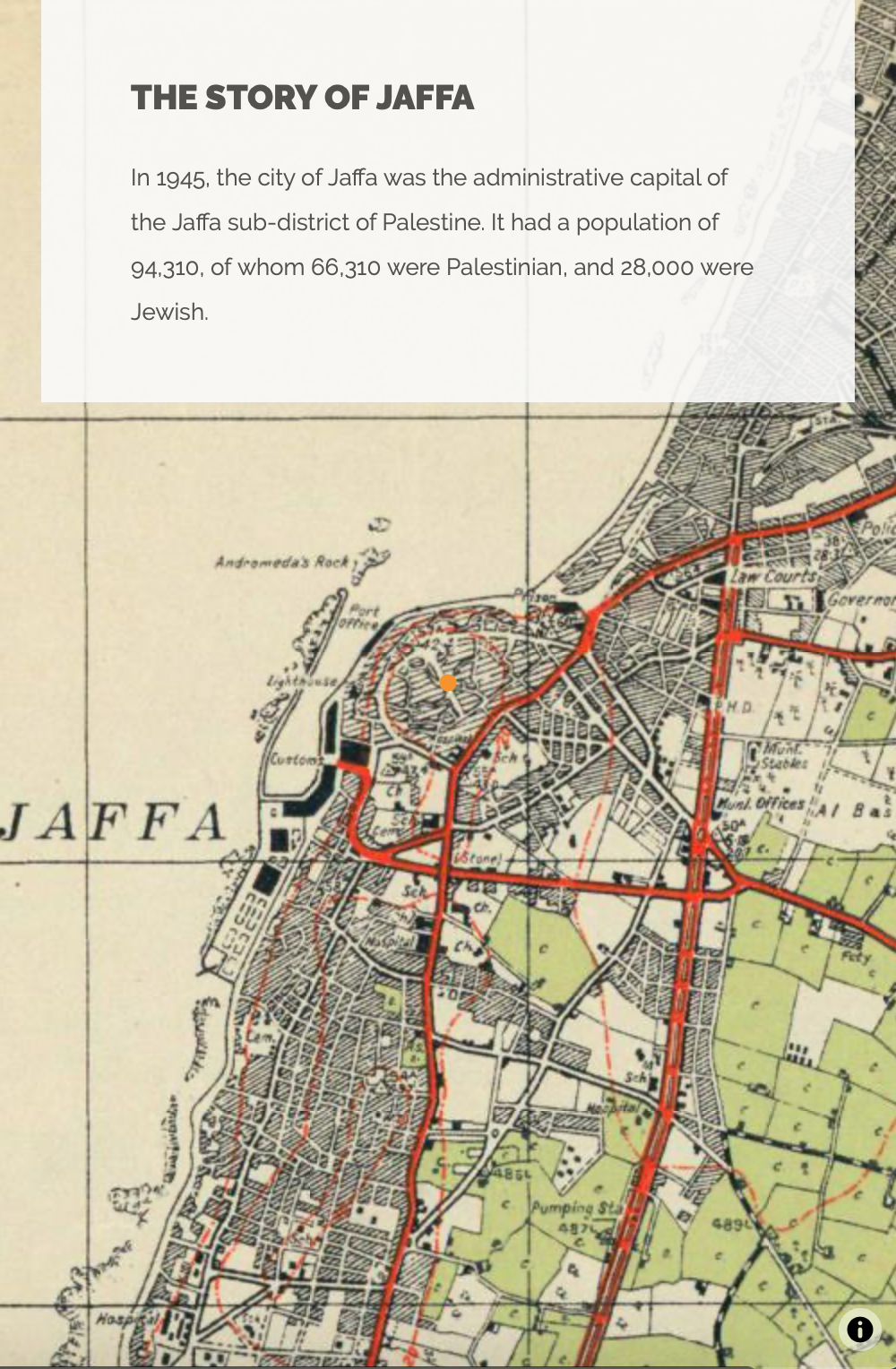
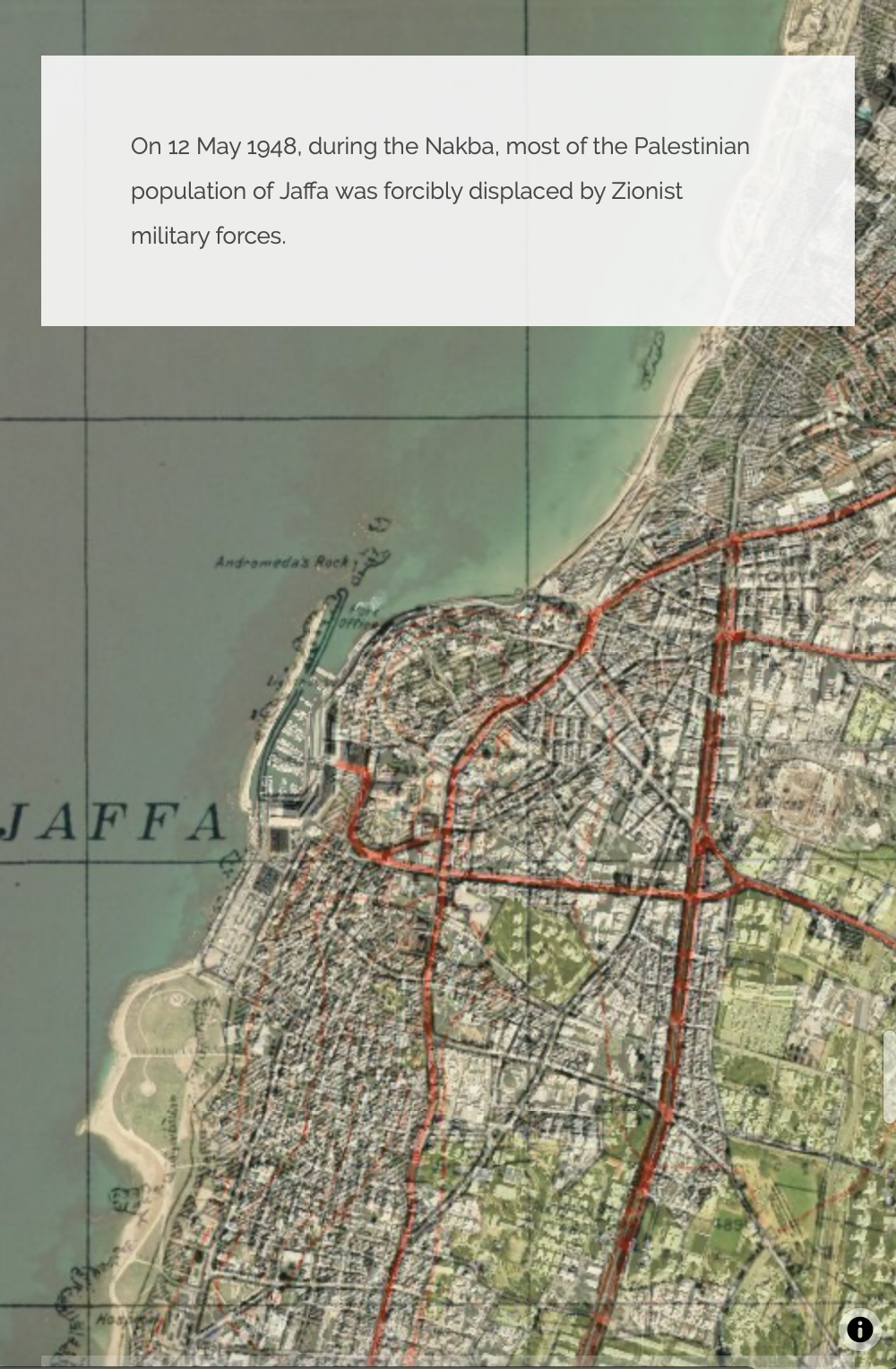
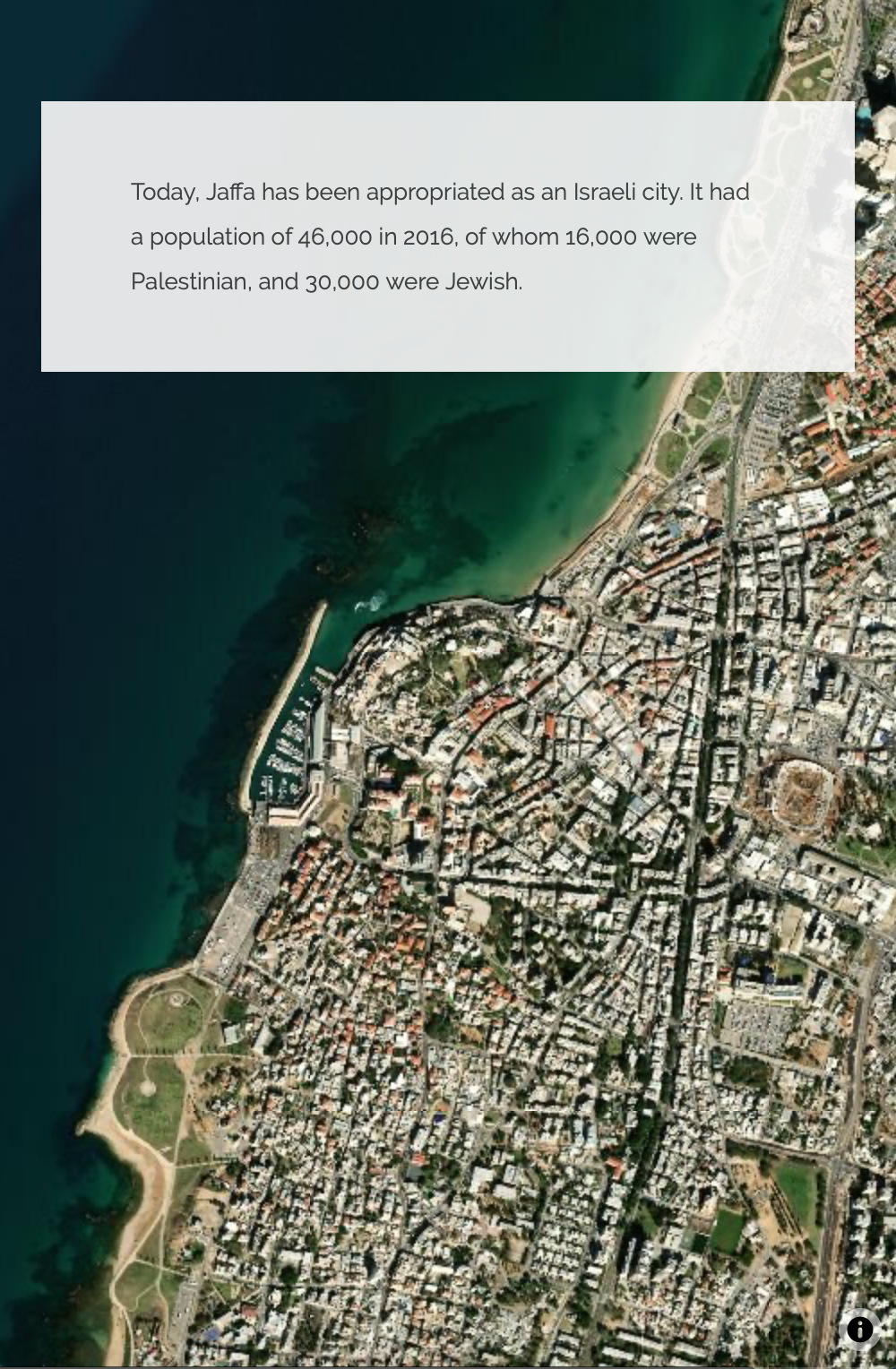
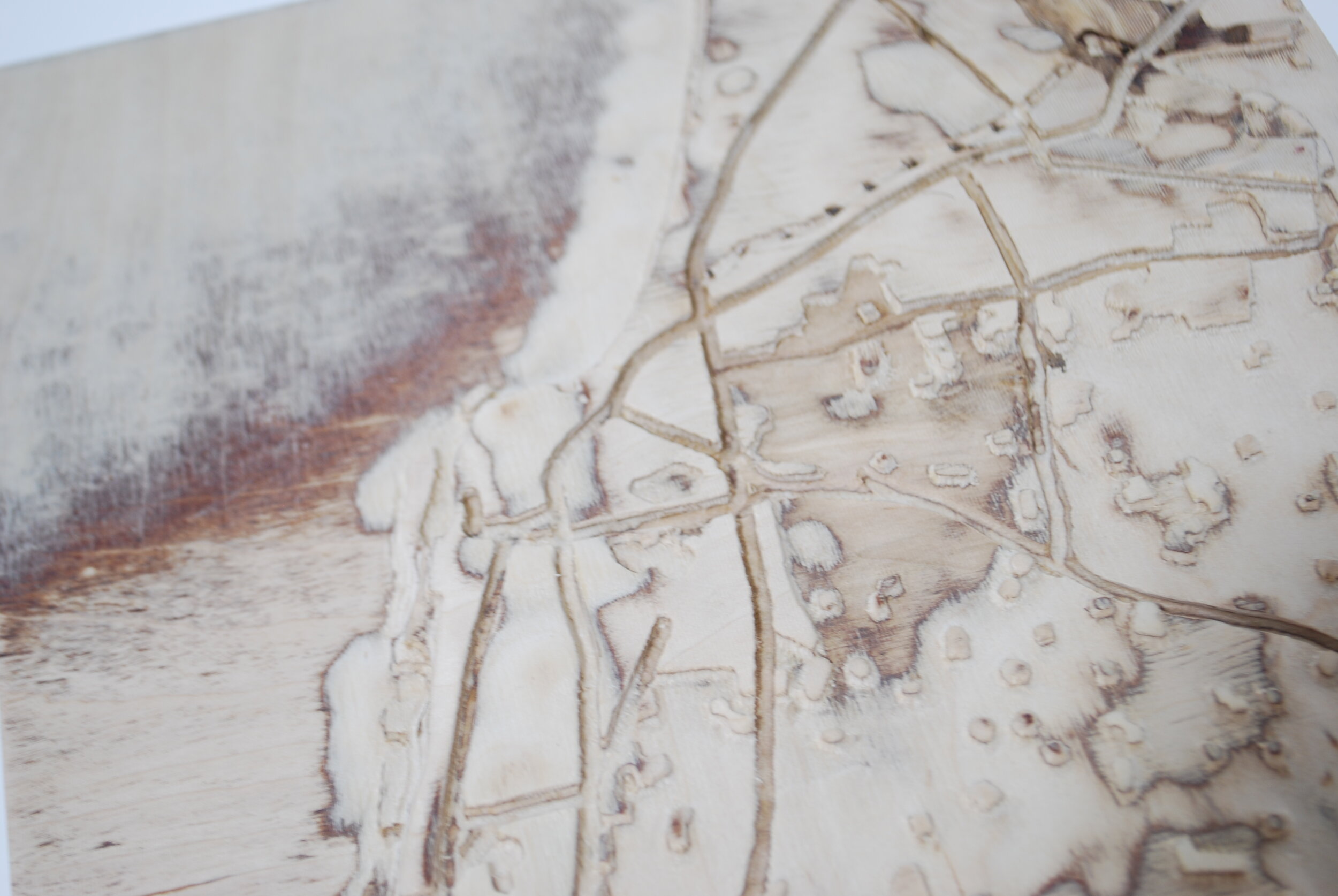
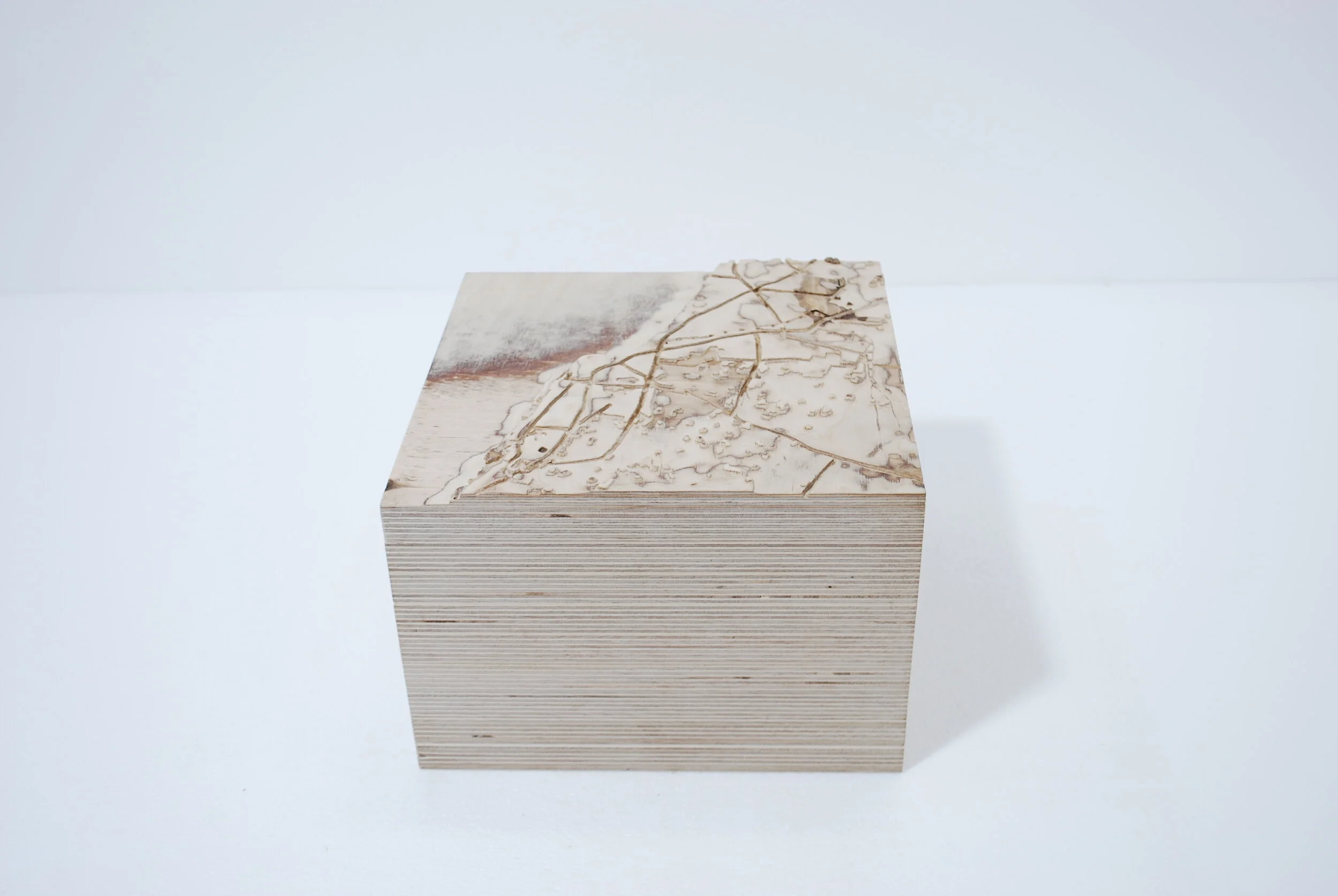
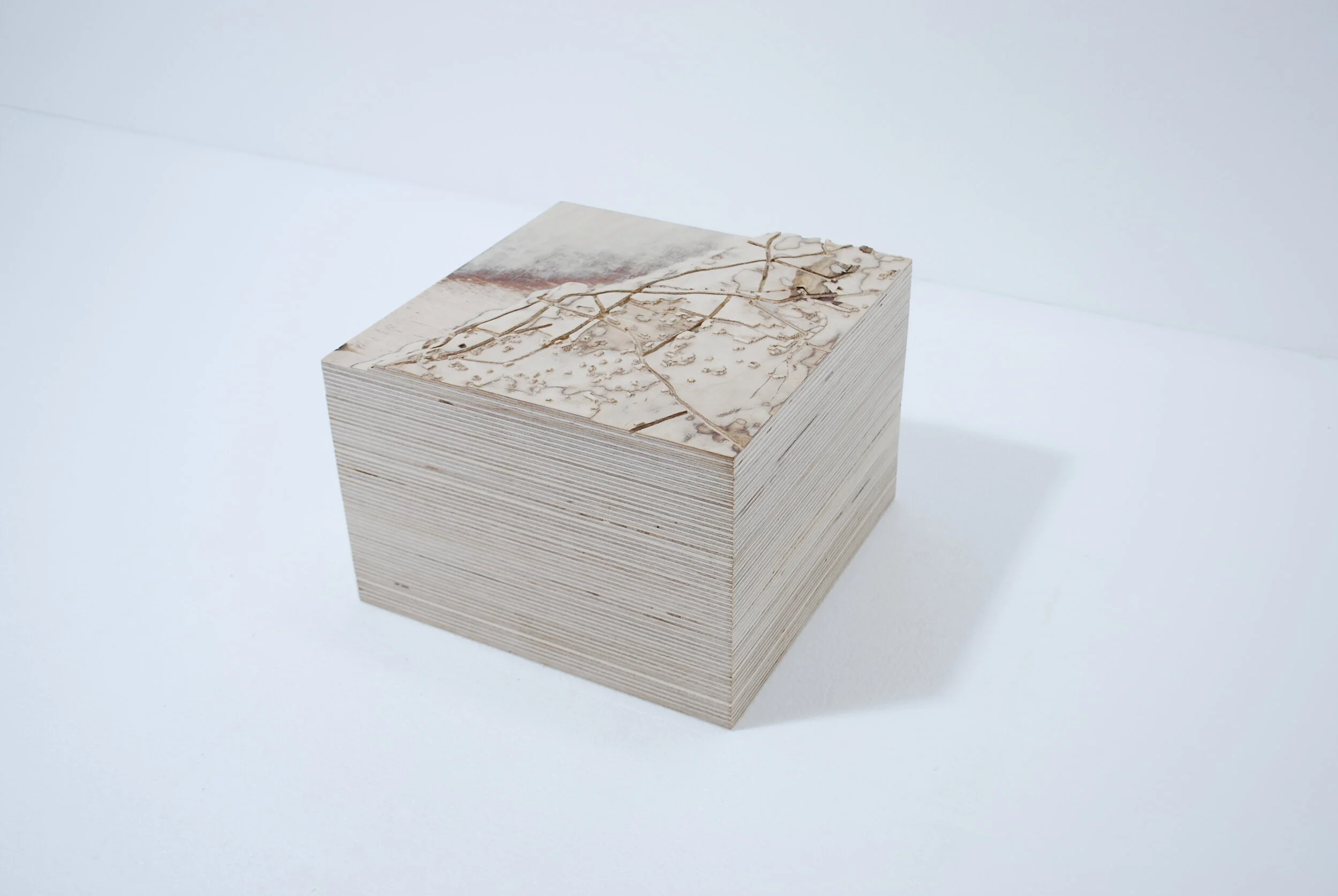

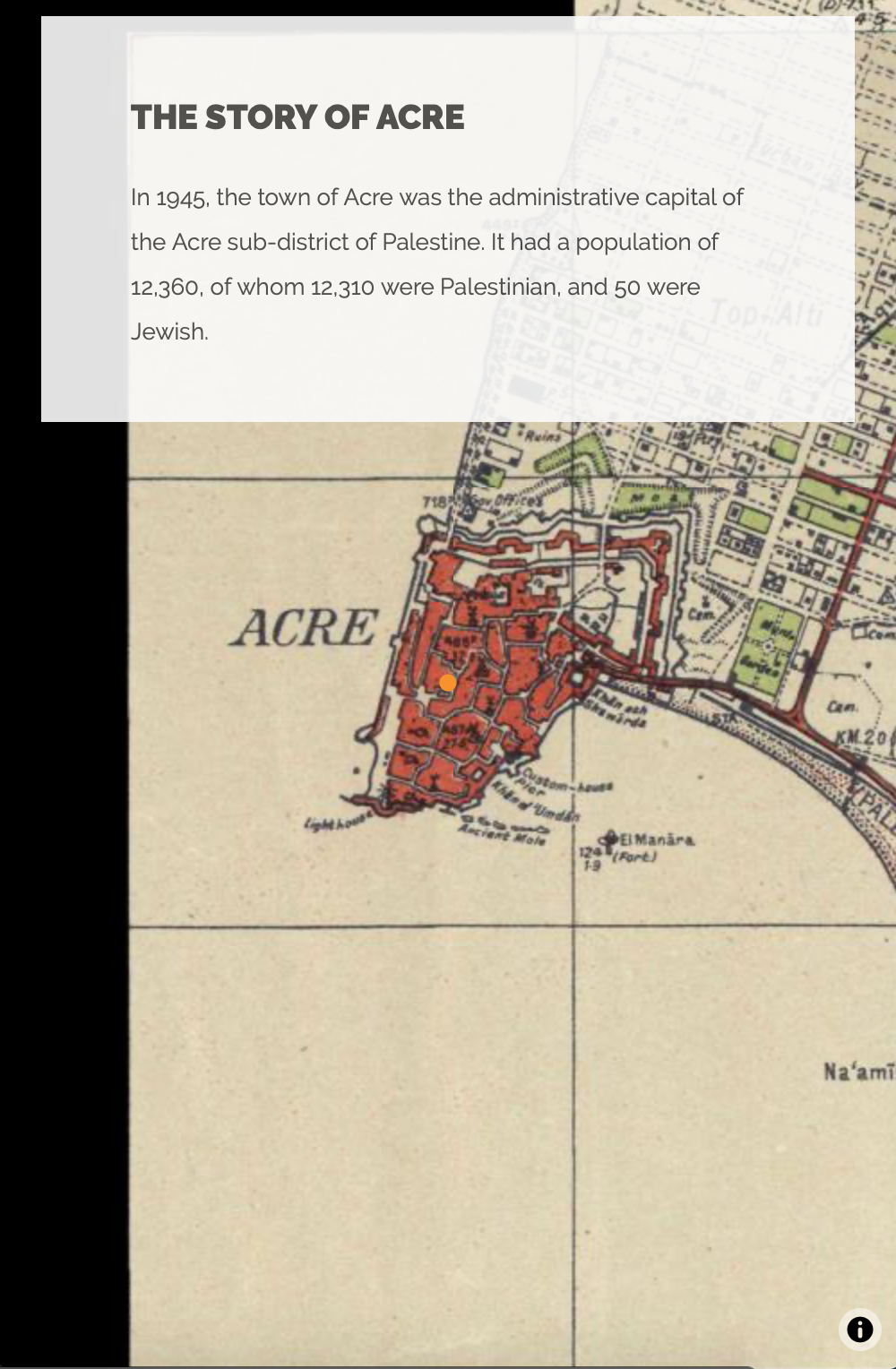
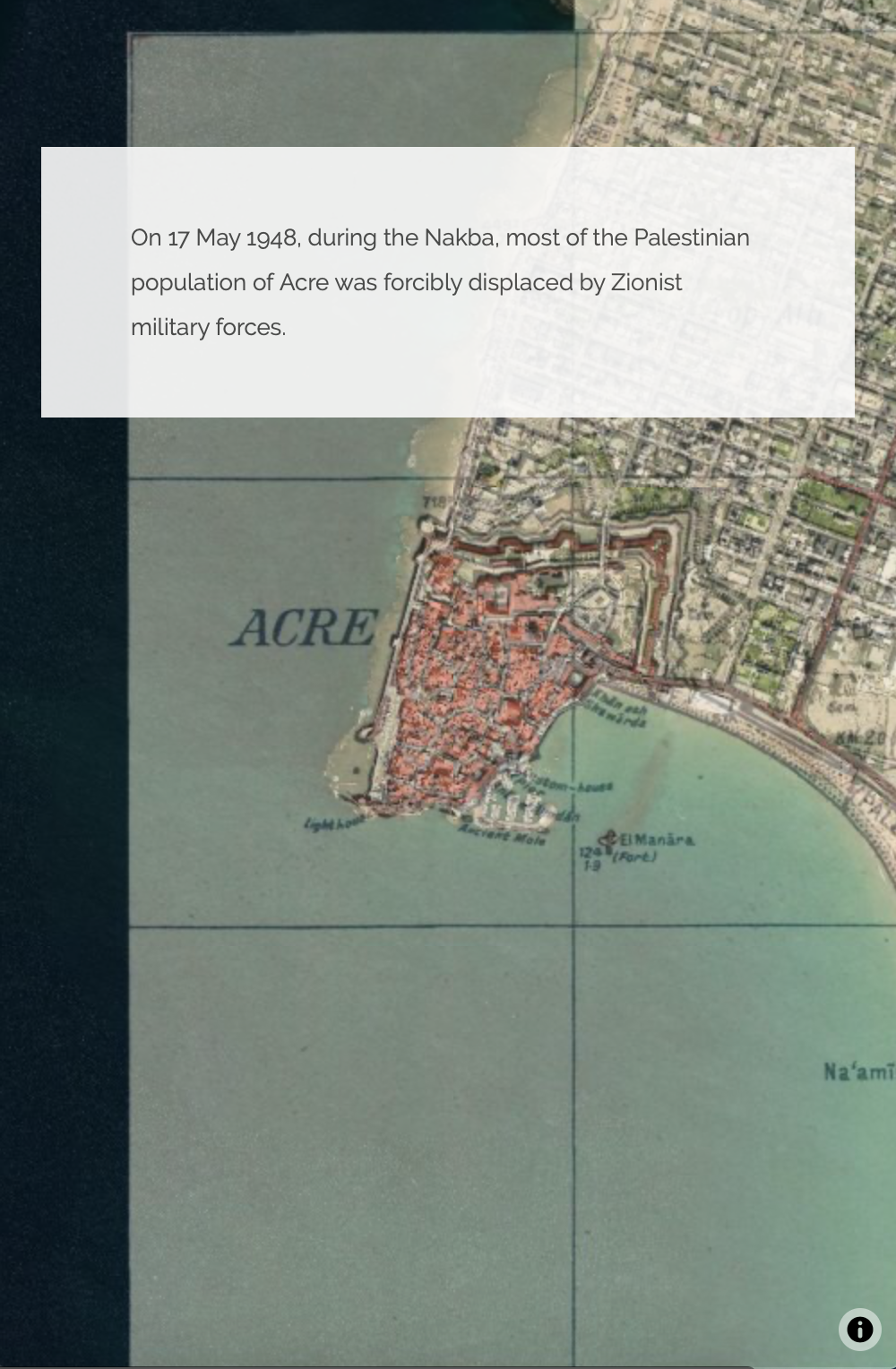
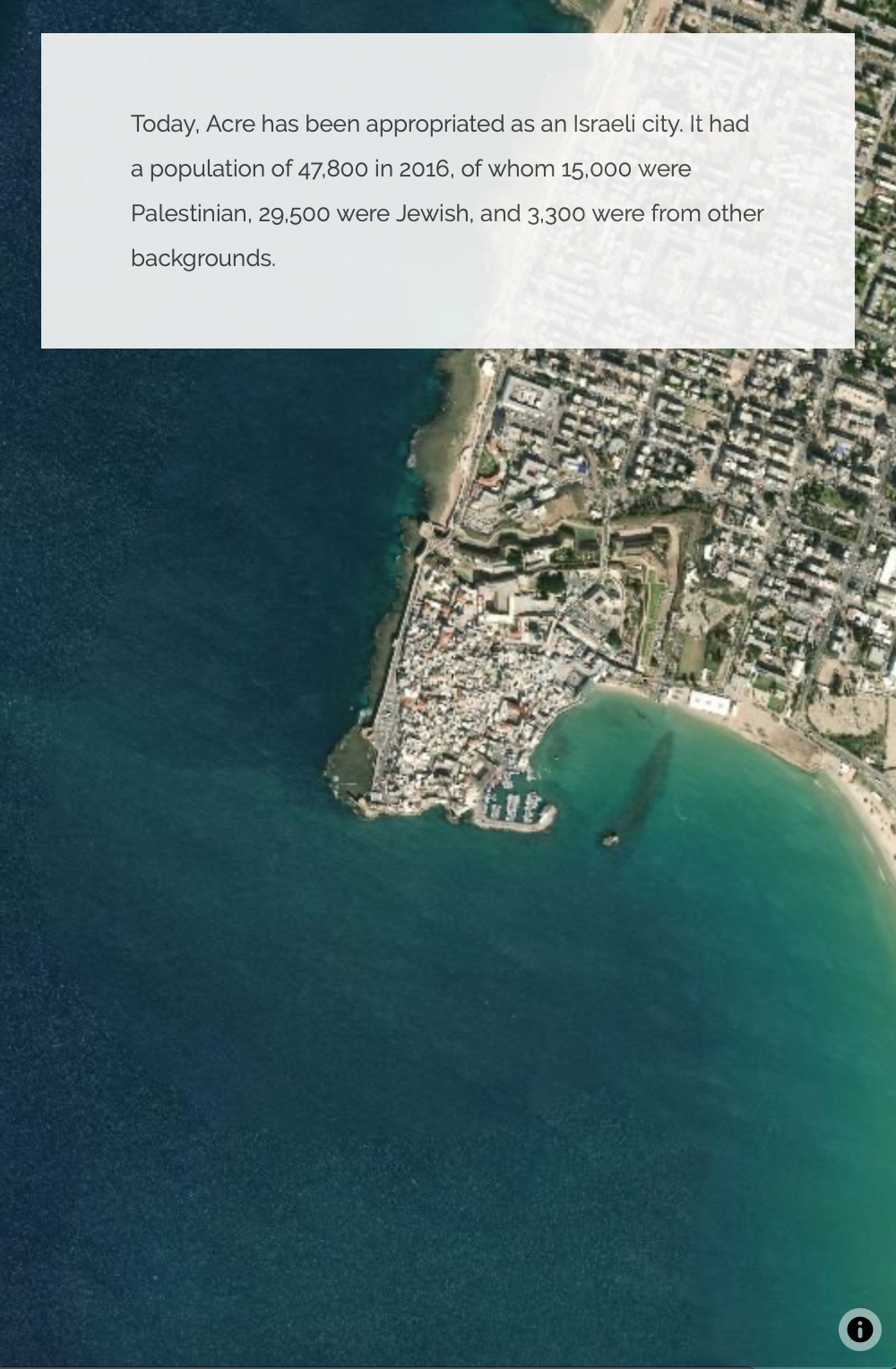

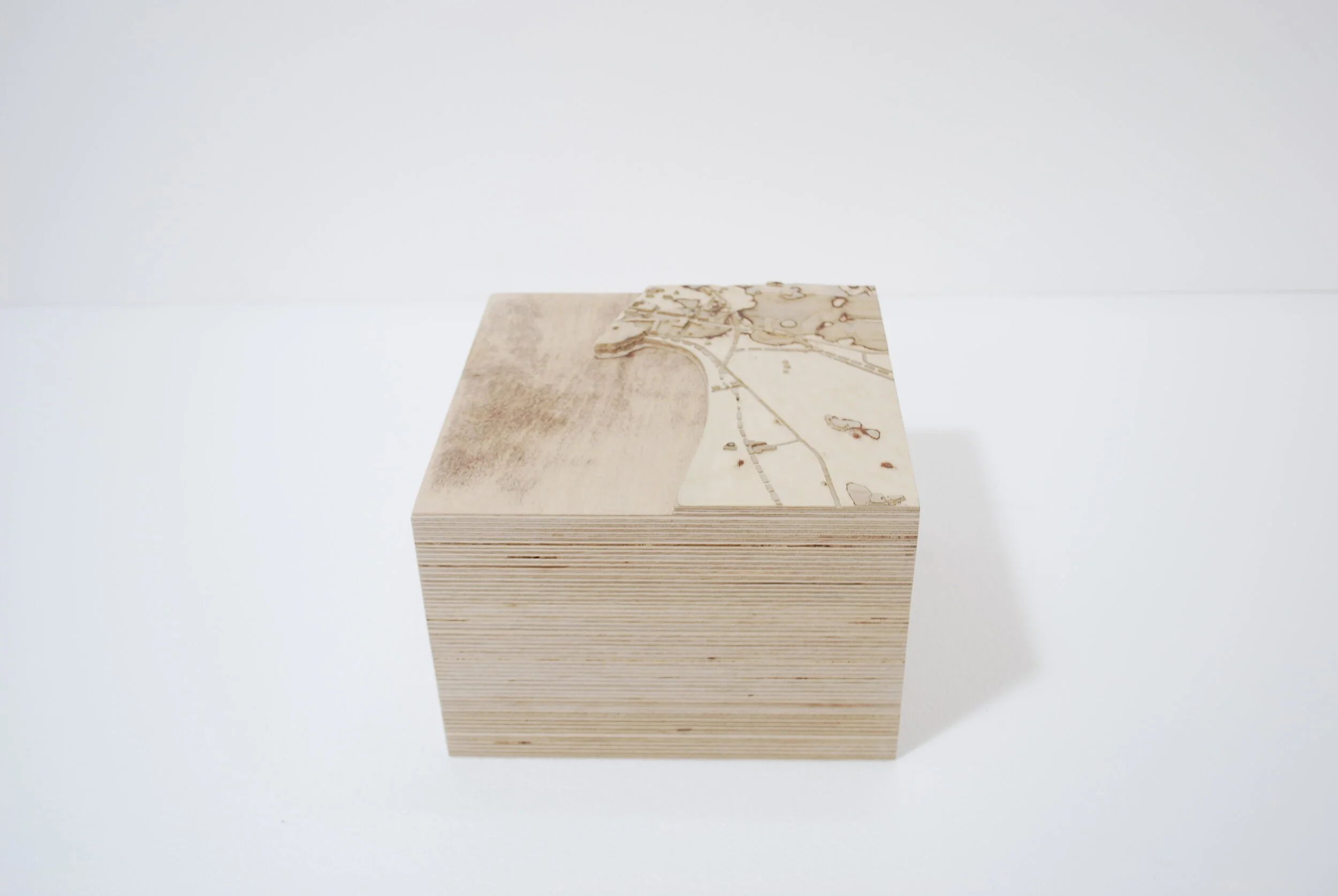

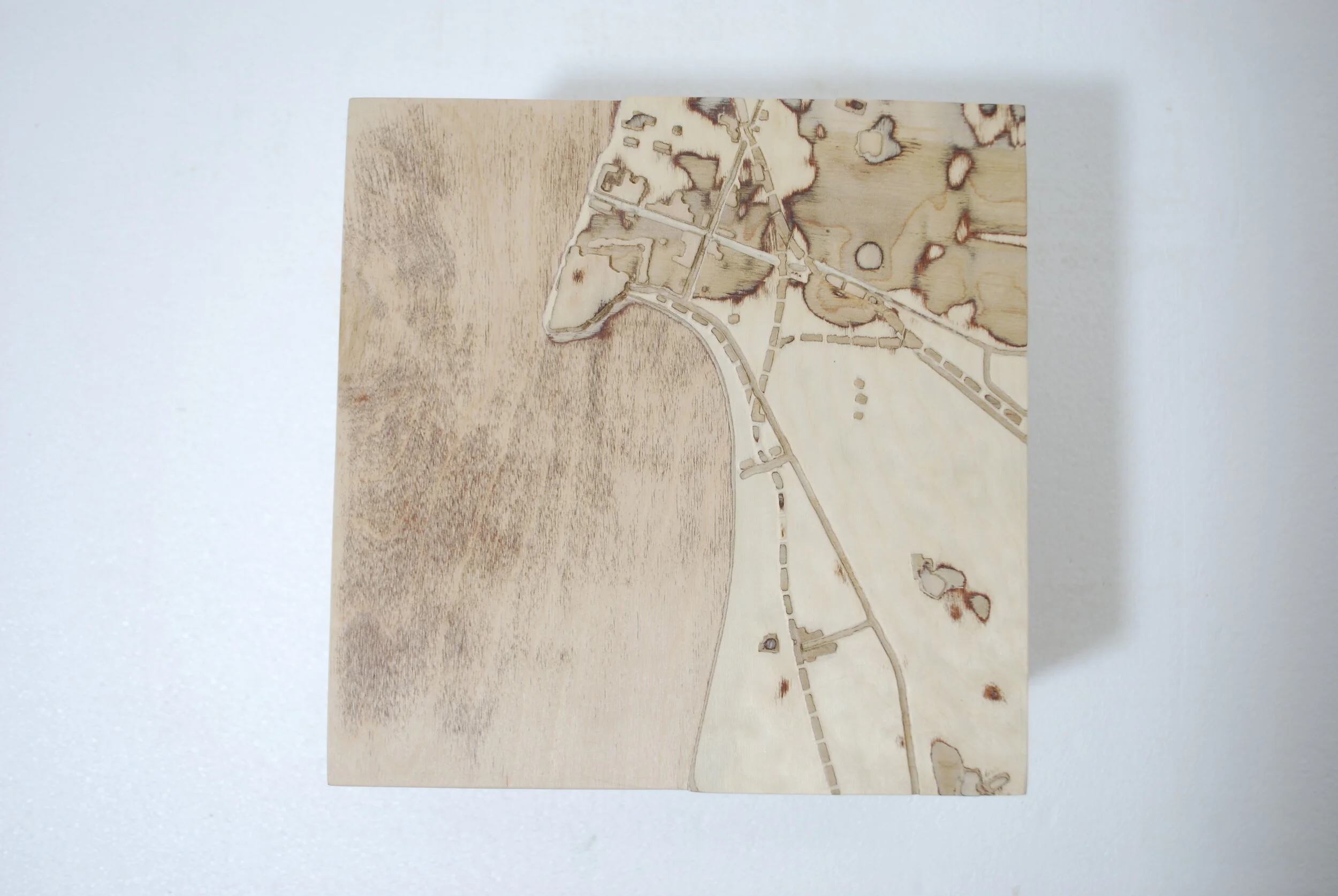
1 comment
Came across this site by accident. VERY much appreciated. You have somehow managed to describe and explain a complicated and emotionally fraught situation with clarity and equanimity. Deep respect. Both the information you provide, AND THE MANNER IN WHICH YOU HAVE PROVIDED IT, are very much needed in these times of siloed division and disinformation. I will refer others to your site.
Big thank you.